#Florence Darel
Text
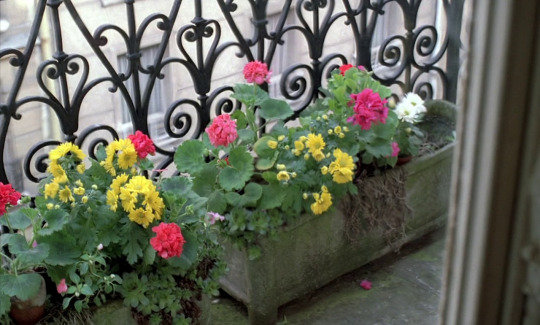
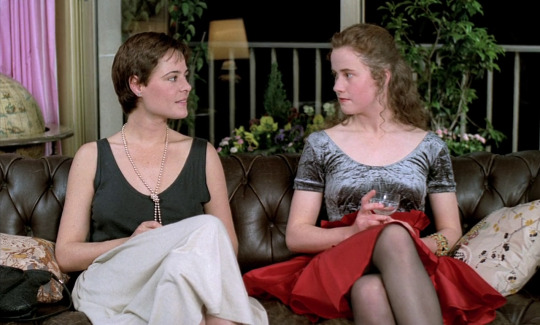





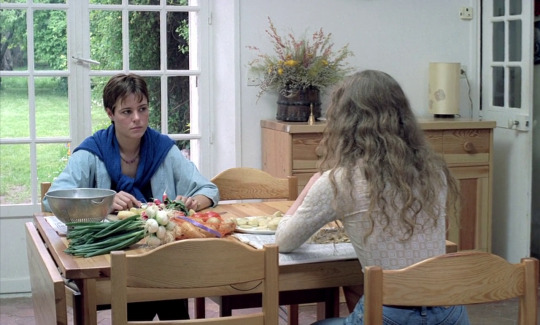


A Tale of Springtime (1990) | dir. Éric Rohmer
#a tale of springtime#conte de printemps#eric rohmer#anne teyssedre#florence darel#films#movies#cinematography#scenery#screencaps#éric rohmer
73 notes
·
View notes
Text
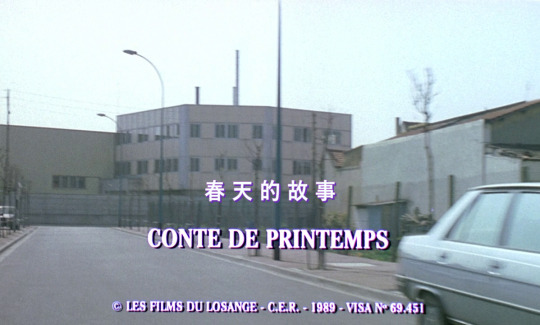



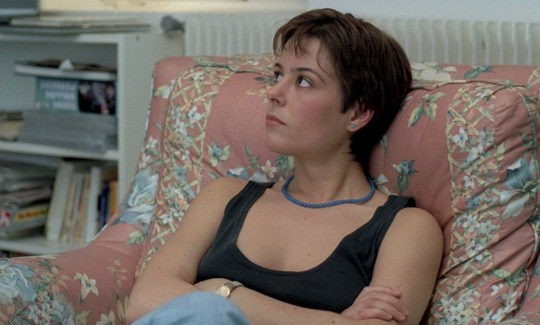



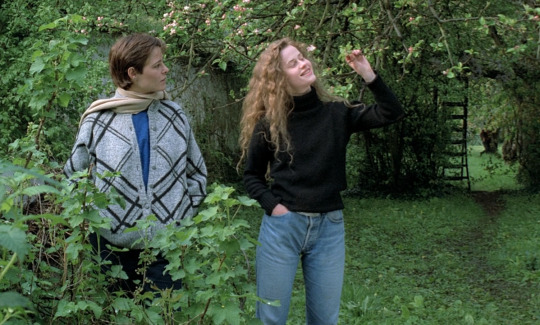
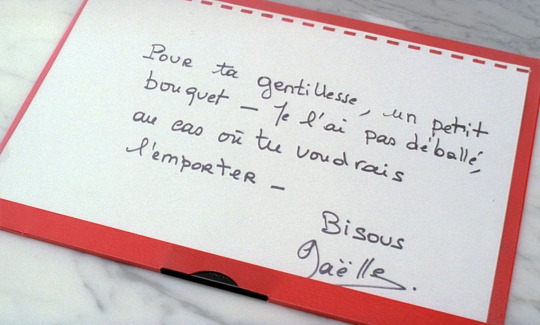
A Tale of Springtime (Eric Rohmer, 1990)
#six moral tales#eric rohmer#Eloïse Bennett#Florence Darel#Conte de printemps#a tale of springtime#french cinema
87 notes
·
View notes
Photo


9 notes
·
View notes
Text

119/2024
watching tv ('le comte de monte-cristo', 1998)
#365#365 project#day 119#watching tv#le comte de monte cristo#alexandre dumas#florence darel#ornella muti#michel aumont#constanze engelbrecht
1 note
·
View note
Photo

“Conte de Printemps” d'Éric Rohmer (1990) - premier volet du cycle des “Contes des Quatre Saisons” (1990-98) - avec Anne Teyssèdre, Florence Darel, Hugues Quester et Éloïse Bennett, janvier 2023.
2 notes
·
View notes
Text
IL LADRO DI BAMBINI, di Gianni Amelio, con Enrico Lo Verso, Valentina Scalici, Giuseppe Ieracitano, Marina Golovine, Florence Darel, 1992
View On WordPress
0 notes
Photo

A Tale of Springtime, 1990
#a tale of springtime#conte de printemps#eric rohmer#anne teyssedre#florence darel#tales of the four seasons
333 notes
·
View notes
Photo







A Tale of Springtime (1990)
Dir. Eric Rohmer
Language: French
#a tale of springtime#eric rohmer#french#1990#Anne Teyssèdre#Hugues Quester#Florence Darel#Eloïse Bennett#Sophie Robin#french cinema#frenhc movie#french film#french film screencaps#french aesthetic#french movie screenshot#movie screenshot#movie screencaps
443 notes
·
View notes
Photo










Ferdinand II of Aragon and his mother Juana Enríquez
Fernando was born on March 10,1452 in the village of Sos in Aragón. His mother, Juana Enríquez, had come there from Navarre expressly to establish her child’s claim to the kingdom his father might well inherit. Fernando had grown up close to this strong, indeed headstrong mother, whom her much older husband—in 1452 she was twenty-eight, he was fifty-four—loved and indulged. She brought up her son to succeed to Aragón’s crown, beginning by putting off his baptism for nearly a year, until Juan was regent in Aragón and it could be held in the cathedral in Zaragoza. There, with royal magnificence, the child was named for his paternal grandfather, Fernando de Antequera, a king of Aragón who was as well the foremost Castilian hero of the wars against the Moors in recent memory.
when Carlos died in 1461 they claimed that the queen, Juana Enríquez, had had him poisoned. Juan, busy rebuffing French attempts to seize territory, did not soothe them when he immediately convoked Aragón’s parliament, the Corts, and appointed Fernando, then nine years old, his lieutenant governor in Catalonia, delegating that authority to the queen. The Catalans soon declared her arrogant and intrusive in their affairs, forced her to leave Barcelona, and renounced Fernando as governor; it was then they appealed to Enrique IV of Castile. As for Juana Enríquez, she retreated with her son to Gerona, where she directed the repulse of a Catalan siege. Three years later, at age twelve, Fernando, at the head of royal forces, squared accounts with the Catalans in defeating them on the battlefield. Subsequently, Juan, without calling the Corts, named Fernando lieutenant-general of the realm. The civil war wore on.
When the Corts was at length convened, at Zaragoza on February 6,1468, Juana Enríquez, afflicted by a cancer of the breast and neck, was too sick to preside. Fernando did so instead; he was sixteen years old. Two weeks later she died; Valera insists that a wonderful odor arose from her corpse, implying she was a saint, which was unlikely. The king was as usual then battling the French in the north, and it was Fernando who saw to his mother’s funeral. Then, in faction-torn Valencia, addressing the city’s notables with tears streaming down his face, he paid her a tribute she would have appreciated: ‘Lords: You all know with what hardships my lady mother has sustained the war to keep Catalonia within the house of Aragón. I see my lord father old and myself very young. Therefore I commend myself to you and place myself in your hands and ask you to please consider me as a son.’
- Peggy K. Liss, Isabel the Queen: Life and Times
In Spain, it is significant that the last two queens-lieutenant, María of Castile and Juana Enríquez, were Fernando’s aunt and mother, respectively, and that their practice of queenship shaped kingship and, with it, monarchy. The degree of political engagement of these two women, as well as the partnership forged by them with their husbands, was not lost on him as he governed alongside Isabel and sought solutions to absentee rulership in a widely-dispersed collection of realms that included Castile, the Crown of Aragon and the Americas. He was well-trained in a monarchy that took full advantage of the entire royal family and, despite some early struggles to make shared sovereignty work effectively, Isabel and Fernando forged a monarchy in which king and queen were on equal footing.
- Theresa Earenfight, Queenship in Medieval Europe
for @stubbornsoul
#perioddramaedit#historyedit#women in history#men in history#juana enríquez#ferdinand ii of aragon#spanish history#carles príncep de viana#florence darel
88 notes
·
View notes
Photo
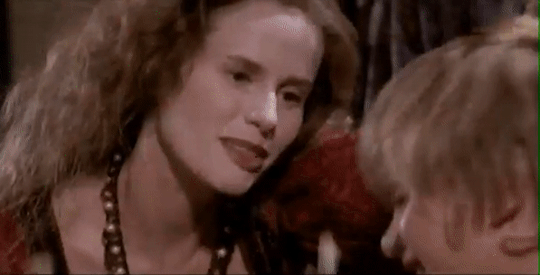

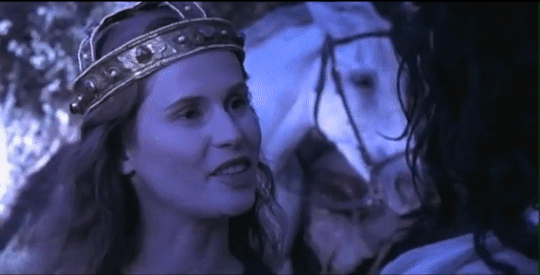



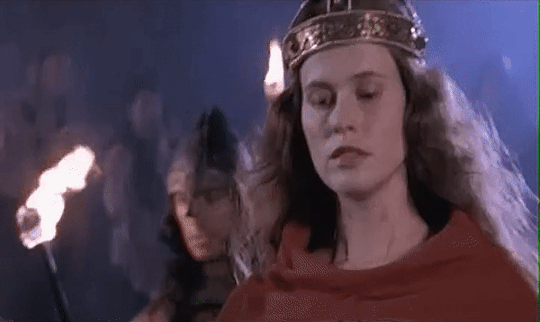
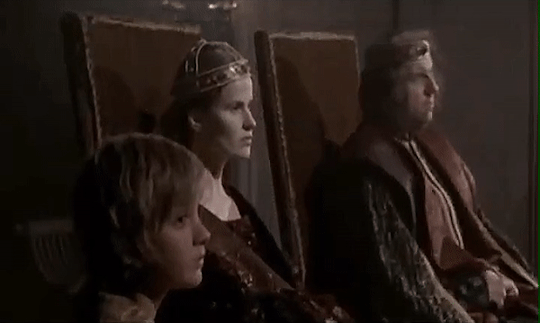

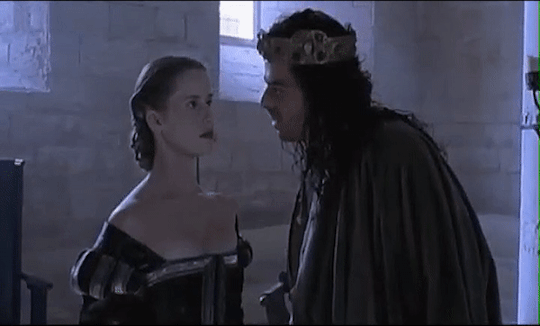
Juana Enríquez de Córdoba, Lady of Casarrubios del Monte, was a Castilian noblewoman who became Queen of the Kingdoms of the Crown of Aragon as second wife of King Juan II of Aragon. She was mother of Fernando II of Aragon, the Catholic King, and Juana of Aragon, Queen consort of Naples.
Juana Enríquez era en realidad una mujer de gran coraje, de extraordinaria finura y decisión, de invencible tenacidad, y todas estas cualidades, que habían de convertirla en un diplomático de primer orden, no perjudicaron para nada en ella las gracias femeninas. Sus adversarios más reacios estaban encantados por su ánimo, quedaban ganados por su sencillez y su modestia, y todos admiraban la claridad de sus respuestas, su buen juicio, su paciencia a toda prueba en las circunstancias más difíciles. Fue para su marido la auxiliar más preciosa y devota; y si su reputación ha sufrido algún daño, la culpa es sobre todo de Juan II, hombre cruel y colérico a cuyos designios sirvió demasiado como para no parecer su cómplice.
(Desdevises du Dezert, op. cit., p. 240)
Tanto la radiografía política como la memoria de la actuación como reina y lugarteniente de la Corona de Aragón de Juana Enríquez son dos empresas difíciles de resolver. Por un lado, porque se trata de un personaje moldeado por la propaganda y la opinión pública ya desde el momento histórico en el que transcurre su vida, en especial como consecuencia de la imagen de madrastra de Carlos de Viana, un papel que ha llevado incluso a postularla como la promotora de la muerte del príncipe, en aras de allanar el camino de su hijo, el todavía infante Fernando, al trono de Aragón. Por otro, por su participación en la gestión del conflicto con los payeses de Remensa, en pro de los intereses de la monarquía ante la nobleza catalana, haciendo de su imagen la de una mujer despiadada y autoritaria, cuyo perfil traspasó el relato historiográfico para convertirse en retrato teatral contemporáneo.
Más allá de las características personales y los intereses políticos de doña Juana, los años que transcurrieron mientras fue reina de Aragón estuvieron plagados de dificultades, que como tal quedaron recogidos en la documentación conservada a propósito. Los sucesos derivados del estallido de la Guerra Civil Catalana contra Juan II de Aragón llevaron al rey a abandonar el reino y a nombrar a su esposa lugarteniente general de la Corona aragonesa. Se abría entonces casi una década de gran efervescencia política, pero sobre todo militar, para el territorio de la Corona aragonesa que doña Juana debía resolver en nombre de su marido, pero también para salvaguardar los intereses de su hijo, el infante don Fernando, en calidad de «reina-tudriu» del heredero al trono. Estas circunstancias redundaron en que la huella dejada por la reina fuera sustancialmente distinta a la de sus antecesoras, incluso la de aquellas que también habían ocupado la figura de la Lugartenencia, del que sería quizá el mejor ejemplo el caso de la esposa de Alfonso V de Aragón, la reina María de Castilla.
Diana Pelaz Flores, Las mujeres de la reina. Estrategias de colaboración femenina a través de la cancillería de Juana Enríquez, lugarteniente de Aragón (1461-1468)
#Juana Enríquez#Florence Darel#Carles princep de Viana#periodramaedit#Women in history#Spanish history#Fernando II de Aragon#Juan II de Aragon#Ferdinand II of Aragon#John II of Aragon
40 notes
·
View notes
Text


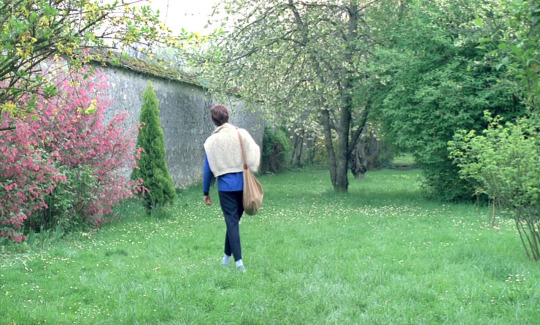



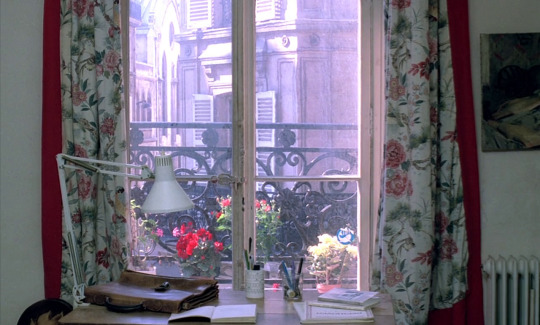



A Tale of Springtime (1990) | dir. Éric Rohmer
#a tale of springtime#conte de printemps#eric rohmer#éric rohmer#anne teyssedre#florence darel#hugues quester#films#movies#cinematography#scenery#screencaps
363 notes
·
View notes
Photo



A Tale of Springtime (1990) dir. Éric Rohmer
61 notes
·
View notes
Text


Conte de printemps (1990) -- Éric Rohmer
#conte de printemps#Éric Rohmer#1990#french films#tales of the four seasons#a tale of springtime#conte des quartre saisons#Anne Teyssèdre#Florence Darel#Hugues Quester#film stills#film quotes#mine
2 notes
·
View notes
Photo

I like desiring and being desired... especially when it's unspoken... even if it goes nowhere.
A Tale of Springtime (Conte de printemps), Éric Rohmer (1990)
#Éric Rohmer#Anne Teyssèdre#Hugues Quester#Florence Darel#Eloïse Bennett#Sophie Robin#Marc Lelou#François Lamore#Luc Pagès#María Luisa García#1990
10 notes
·
View notes
Photo


Florence Darel et Anne Teyssèdre dans "Conte de Printemps" d'Éric Rohmer (1990) - premier volet du cycle des "Contes des Quatre Saisons" (1990-98) - janvier 2023.
4 notes
·
View notes

